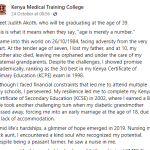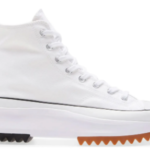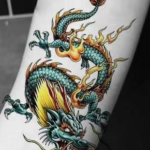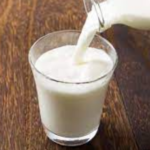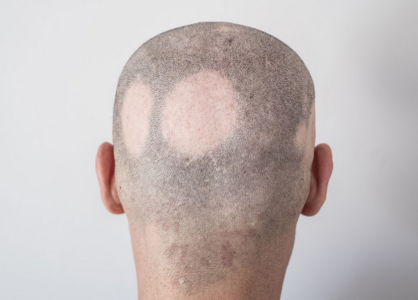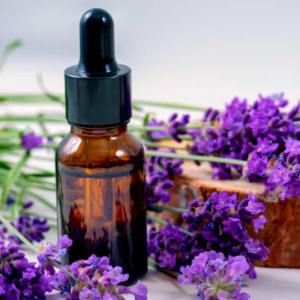Hair loss or hair fall is a common health problem affecting millions of people worldwide. Alopecia areata is one of the leading causes of hair loss.
In this article, we have provided a quick guide to help you deal with hair loss, especially if it’s associated with alopecia.
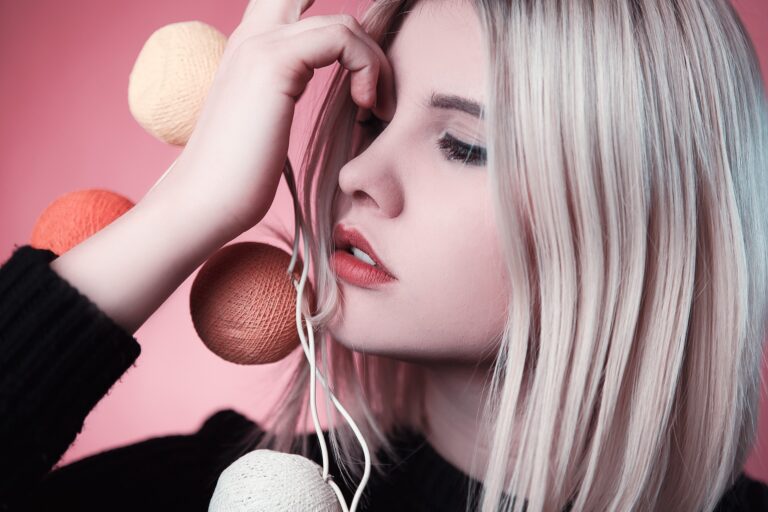
What is Alopecia areata?
Alopecia is an auto-immune disorder in which the body’s defense system attacks and damages hair follicles. This leads to hair loss in small patches in the beginning.
If not treated or managed at an early age, the condition may worsen and lead to total hair loss and even full-blown baldness. The condition often targets all body hair, but the effects are often very prominent on the head.
Alopecia can be managed by prescription medicines such as anti-inflammatory drugs, drugs for autoimmune disease, as well as topical ointments. However, it isn’t enough to rely only on prescription drugs to treat alopecia.
Quick Read: Weight loss tips for teens
There are other scientifically proven non-pharmacologic methods that you can use to manage alopecia. Here are some:
Hair loss prevention tips
i.) Use hair growth products and vitamins
Such products have the ability to stimulate rapid hair growth to counter thinning. There are many hair growth products in the market today.
You may want to consult with an expert before trying them out. Oh, and the hair vitamins are great too. They strengthen hair strands thus minimizing loss.
ii.) Cut down on stress
Stress in any of its forms, physical or psychological, is bad for your wellbeing. According to a research study, stress increases levels of cortisol which may stimulate the release of biological factors that damage hair follicles.
This has been attributed to some types of male pattern baldness. Learn to identify stressors and never give in to them. Another great way to deal with stress is to find someone to speak to.
Talk to a friend, relative, a close family member, or a religious leader. You may also want to talk to an expert therapist.
Quick Read: Arthritis symptoms and treatment
iii.) Wash hair with a mild shampoo
If you are struggling with alopecia, then mild shampoo is for you. As the name suggests, this type of hair shampoo is gentle not only on your hair but also on the scalp.
You won’t have to worry about hair dryness, scalp itchiness, and hair breakage. In order to find the best mild shampoo brands, consult a pharmacist, dermatologist, or an expert hairdresser.
iv.) Avoid wet hair brushing and hot hair styling
If you’ve been diagnosed with alopecia your hair shafts aren’t strongly rooted. When wet hair easily breaks.
That’s why brushing wet hair isn’t recommended. Hot hairstyling tools also weaken your hair, especially if used for a long time.
v.) Use biotin supplements
There are countless hair regrowth supplements out there. If you want to regrow your hair thicker and stronger, biotin supplements are the best. Talk to your doctor before using biotin.
Quick Read: Proper mental health tips
It is important to know that biotin takes time before you can see any meaningful effects on your scalp; between 6 – 12 months. Therefore, you need to be consistent while taking biotin.
vi.) Use hair moisturizing oils
Essential oils and other hair moisturizing products strengthen your strands. They also nourish the scalp and improve hair health.
Some of the hair moisturizing products also double as root treatment agents. They improve circulation at the hair root leading to thicker and fuller hair growth.
v.) Stay hydrated
Drink plenty of water to keep your body well hydrated. This will go a long way in improving your hair growth.
iv.) Eat a balanced diet
Even though alopecia is an autoimmune disorder, poor eating habits may only worsen your hair problems.
For instance, according to a research study, too much consumption of carbs has a direct bearing scalp itchiness that characterizes hair loss in most cases. As such, it is always recommended to watch what you eat.
How to Stimulate Rapid Hair Growth
Wish your hair grew faster, thicker, and fuller? Well, your wish has been granted. We’ve got some tips to help make your dream come true.
The rate of hair growth isn’t a constant among the human species. In some individuals, the rate is much faster as compared to others. Even on an individual, the rate of hair growth is distinctly different for your scalp hair, pubic hair, and facial hair.
However, the rate isn’t cast in stone. Now, it is possible to boost the facial or scalp hair growth rate. Below are some of the proven tips and techniques you can use to enhance hair growth.
a). Use essential oils
Essential oils have for a very long time been used in hair products and there a scientific backing to this. According to independent research studies, pumpkin seed oil, jojoba oil, rosemary oil, and peppermint oil have been found to significantly improve hair growth.
There are countless brands of essential oils you may want to give a try. While most of these hair products are applied topically, some like pumpkin oil can actually be taken orally.
No matter the route of use, topical or oral, essential oils will enhance your hair growth significantly. If you aren’t sure which one’s best for you, consult your doctor.
b). Boost your intake of specific vitamins, minerals, and fatty acids
Do you want to give your hair growth a boost? Watch what you eat. By enriching your diet with specific vitamins, mineral salts, and fatty acids, you are certain to see a significant change in your hair thickness, fullness, and luster.
A deficiency of these nutrient components contribute to hair loss, a research study has found. Therefore, you may want to eat more food rich in vitamins C, D & E.
Also, mineral ions such as zinc and iron are great for your hair. Fatty acids such as omega-3 and omega-6 are also awesome. Oh, and don’t forget biotin. Your hair follicles need it too.
c.) Routine hair and scalp massage
Massage is an old physiotherapy technique that has been shown to have numerous health benefits. Besides the relaxing and soothing kneading, massage is also said to dilate blood vessels in the skin and leading to improved blood flow in that part of the body.
This is the principle behind its use in boosting hair growth. According to a study, scalp massaging improves hair thickness, fullness, strength, and glow.
Scalp massage can be done at home by yourself or you may choose to visit your physiotherapist.
d). Consult your doctor about platelet-rich plasma treatment
Platelet-rich plasma treatment is a new hair loss treatment method that has shown a lot of promise in stimulating regrowth.
The method involves the injection of the scalp with a patient’s own platelets. The therapy has been shown to accelerate hair growth by stimulating dormant follicles.
This is a new technique that still needs a little more research. However, it has shown great promise so far. You may want to have your doctor talk to you about it. You might as well want to give it a try.
e). Limit chemical or heat treating your hair
Its recommended that you limit exposing your hair to chemical and heat treatment. Countless research studies have shown that heat treatment severely impacts hair thickness and fullness.
If done for protracted periods, heat treatment has the potential to cause thinning and hair fall. Chemical treatment is known to induce hair fall, thinning, and many other hair damage related problems.
Because contemporary hairstyling relies on chemical and heat treatment, it is recommended to use chemical and thermal protectant products.
f). Use minoxidil therapy
Minoxidil is a prescription medicine that has been used extensively for hair related conditions. It’s very effective in stimulating hair growth.
In fact, there are many hair products that use minoxidil as the chief active ingredient. Before opting for it, be sure to consult with your doctor, a qualified dermatologist, or an expert cosmetic chemist.


